Related Research Articles
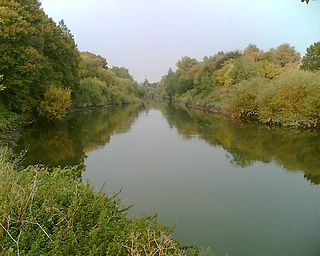
Hackney Marshes is an area of open space in London's Lower Lea Valley, lying on the western bank of the River Lea. It takes its name from its position on the eastern boundary of Hackney, the principal part of the London Borough of Hackney, and from its origin as an area of true marsh.
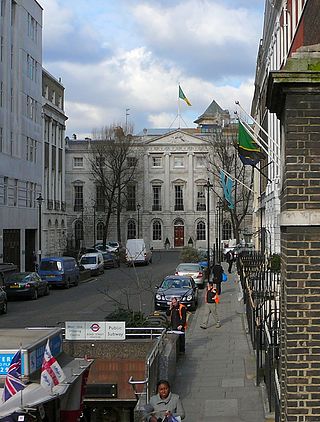
Stratford Place is a small road in London, off Oxford Street, opposite Bond Street underground station. The road is a cul-de-sac.
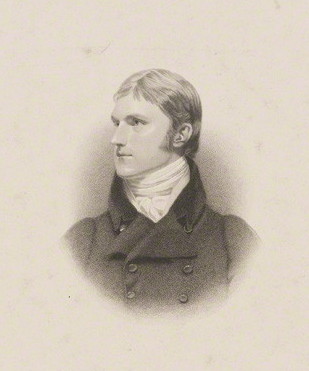
Stratford Canning, 1st Viscount Stratford de Redcliffe, was a British diplomat who became best known as the longtime British Ambassador to the Ottoman Empire. A cousin of George Canning, he served as Envoy Extraordinary and Minister-Plenipotentiary to the United States of America between 1820 and 1824 and held his first appointment as Ambassador to the Ottoman Empire between 1825 and 1828.

Soho Square is a garden square in Soho, London, hosting since 1954 a de facto public park let by the Soho Square Garden Committee to Westminster City Council. It was originally called King Square after Charles II, and a much weathered statue of the monarch has stood in the square, with an extended interruption, since 1661, one year after the restoration of the monarchy.

George Vincent was an English landscape painter who produced watercolours, etchings and oil paintings. He is considered by art historians to be one of the most talented of the Norwich School of painters, a group of artists connected by location and personal and professional relationships, who were mainly inspired by the Norfolk countryside. Vincent's work was founded on the Dutch school of landscape painting as well as the style of John Crome, also of the Norwich School. The school's reputation outside East Anglia in the 1820s was based largely upon the works of Vincent and his friend James Stark.

The Manor Ground located in Plumstead, south east London was a football stadium. This arena was the home of football club Royal Arsenal, which was later named Woolwich Arsenal, and as such came to be known as Arsenal F.C.

The Mary Ward Centre is an adult education college in Stratford, London.
Frindsbury TQ744697 51°23′58″N0°30′29″E is a parish on the River Medway, on the opposite bank to Chatham Dockyard in Kent, England. It was a centre of ship building before 1820, building at least six 74 gun third rate ships of the line and many smaller vessels. From 1820, until recent times, the ship yards built over 100 Thames sailing barges. Shipbuilding has stopped but in 2006, one yard was still active in ship repair.

The St James's Club was a London gentlemen's club which operated between 1857 and 1978. It was founded by two leading diplomats and its members continued to be largely diplomats and authors. It was first established in Charles Street and moved to 106 Piccadilly by 1868. In the final quarter of the twentieth century many gentlemen’s clubs of London suffered from declining membership, and in 1978 the St James's Club merged with Brooks's Club and vacated its premises.
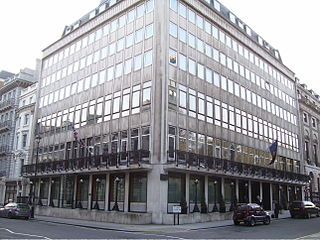
The Army and Navy Club in London is a private members club founded in 1837, also known informally as The Rag.

The Oriental Club in London is an exclusive Private Members’ Club established in 1824. Charles Graves describes it as fine in quality as White's but with the space of infinitely larger clubs. It is located in Stratford Place, near Oxford Street and Bond Street.
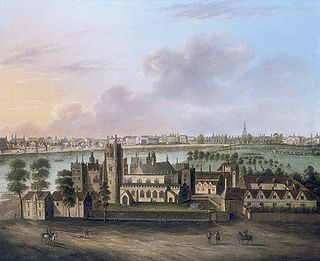
Lambeth Marsh is one of the oldest settlements on the South Bank of London, England.

Stratford Langthorne Abbey, or the Abbey of St Mary's, Stratford Langthorne was a Cistercian monastery founded in 1135 at Stratford Langthorne — then Essex but now Stratford in the London Borough of Newham. The Abbey, also known as West Ham Abbey due to its location in the parish of West Ham, was one of the largest Cistercian abbeys in England, possessing 1,500 acres (6.07 km2) of local land, controlling over 20 manors throughout Essex. The head of the community was known as the Abbot of West Ham.

The United Service Club was a London gentlemen's club founded in 1815 for the use of senior officers in the British Army and Royal Navy – those above the rank of Major or Commander – and the club was accordingly known to its members as "The Senior". The club closed in 1978.
William Innell Clement was an English newspaper proprietor.
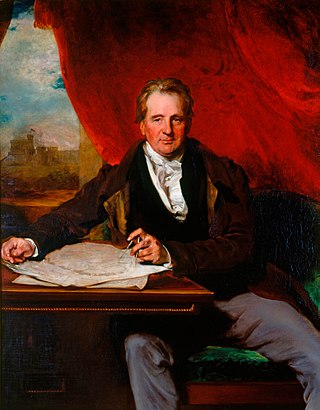
Sir Jeffry Wyatville was an English architect and garden designer. Born Jeffry Wyatt into an established dynasty of architects, in 1824 he was allowed by King George IV to change his surname to Wyatville. He is mainly remembered for making alterations and extensions to Chatsworth House and Windsor Castle.
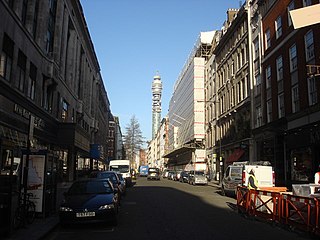
Berners Street is a thoroughfare located to the north of Oxford Street in the City of Westminster in the West End of London, originally developed as a residential street in the mid-18th century by property developer William Berners, and later devoted to larger commercial and semi-industrial buildings or mansion blocks of flats. It has associations with Charles Dickens, and was the location of makers of musical instruments including pianos and harps, as well as furniture and film-makers.
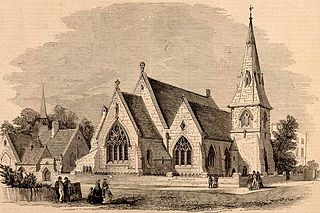
Christ Church, Stratford was a Church of England church on the corner of Union Street and High Street in Stratford, London. It was built in 1852 to serve the Stratford Marsh area and consecrated on 15 May that year. On 10 November 1852 it was assigned a separate parish, taken from that of All Saints Church, West Ham. The costs of construction and purchasing the site were partly met by Thomas Curtis. In 1882 it opened a mission on Ward Road, for which the church of St Aidan was built – it was begun in 1895, suffered bomb damage in the London Blitz and was closed in 1944. Christ Church celebrated its centenary in 1952 but was merged into the parish of St John's Church, Stratford in 1961 – the church site was bought by the local council and the building finally demolished in 1975, though the site remained undeveloped until works for the 2012 Olympics.
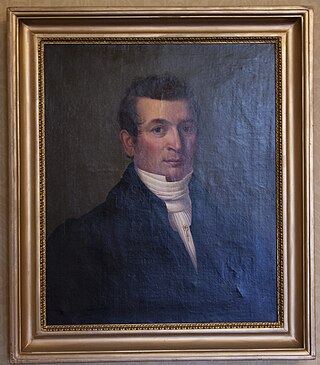
John Ellerker Boulcott (1784–1855) was a London merchant and shipowner. He was a director of the London and Dublin Bank and also a director of the New Zealand Company and he served as the sheriff of Merioneth in Wales. He owned considerable land and buildings in London and other property just outside the city by the time of his death in 1855.

Charles Harriott Smith (1792–1864) was an English architect and architectural sculptor involved in several prestigious projects, ranging from the National Gallery to the Houses of Parliament. His iconic works include the capital of Nelson's Column supporting the statue by Edward Hodges Baily.
References
- ↑ The Morning Post, Wednesday 28 September 1814, p. 3: “The First Meeting of the Stratford Club will be on Tuesday next, October 4.”
- ↑ Manley, Brent; Horton, Mark; Greenberg-Yarbro, Tracey; Rigal, Barry, eds. (2011). The Official Encyclopedia of Bridge (7th ed.). Horn Lake, MS: American Contract Bridge League. p. 25. ISBN 978-0-939460-99-1.
- ↑ Marsh, Sibbald, and Co. were in Berners Street. It was Henry Fauntleroy, then the main partner of the bank, who led to its bankruptcy.
- ↑ “The Portland Club”, The Field, Vol. 75, June 1890.
- ↑ The London Encyclopaedia, 1983.
51°30′23″N0°08′09″W / 51.5063°N 0.1357°W